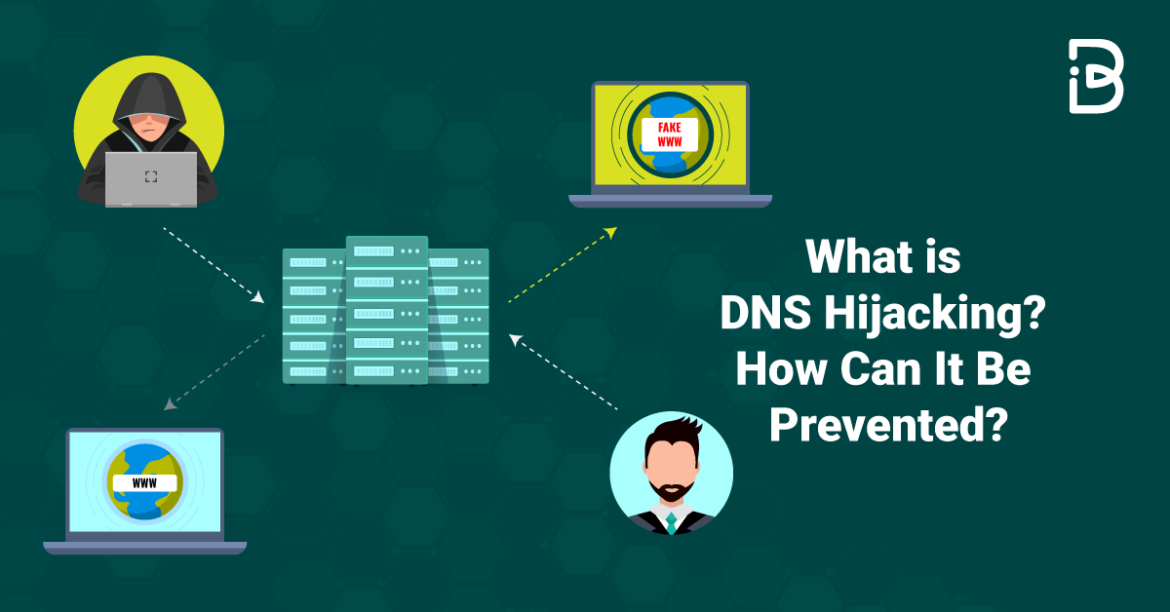Introduction
Table of Contents
Internet users are increasingly worried about DNS hijacking because it poses a severe risk to their online security and privacy. An attacker uses a DNS hijacking attack to divert traffic from the domain name system (DNS) to a different server by intercepting or changing it. Users may end up being forwarded to fraudulent or harmful websites as a result, opening them up to several kinds of cyberattacks.
In this article, we will explore the different types of DNS hijacking, explain how it works, and provide an overview of the various measures that can be taken to prevent it. We will also analyze some of the most notable crypto hacks that have used DNS hijacking to carry out their attacks. By the end of this article, you will have a better understanding of the dangers of DNS hijacking, as well as the steps you can take to protect yourself against it.
Types of DNS Hijacking
DNS hijacking, also known as DNS redirection or DNS spoofing, is a type of cyber attack where an attacker intercepts or alters the domain name system (DNS) traffic and redirects it to a different server, thereby changing the DNS resolution of a particular domain name. This can result in users being redirected to malicious or fake websites, which can then be used to steal sensitive information, spread malware, or carry out other types of cyber attacks.
- Cache Poisoning: Cache poisoning occurs when an attacker corrupts the cache of a DNS server, causing it to return incorrect IP addresses for a particular domain name. This can result in users being redirected to fake or malicious websites, even if they enter the correct domain name in their web browser.
- Man-in-the-middle attacks: In a man-in-the-middle attack, an attacker eavesdrops on a user’s conversation with a DNS server, modifies the DNS resolution, and directs the user to a fake website. Due to its difficulty in detection, this kind of attack is very deadly.
- Rogue DNS servers: Rogue DNS servers are malicious DNS servers that have been set up to redirect users to fake or malicious websites. They can be used to carry out various types of cyber attacks, including phishing, malware distribution, and identity theft.
- Router hijacking: Router hijacking occurs when an attacker gains access to a user’s router and alters the DNS settings, redirecting the user to a fake or malicious website. This type of attack is especially dangerous, as it can affect multiple users on a single network.
- Domain hijacking: Domain hijacking occurs when an attacker gains control of a domain name by compromising the registrar account or the DNS servers associated with the domain. This allows the attacker to redirect users to a fake or malicious website and steal sensitive information.
How to Prevent DNS Hijacking?
- Enable two-factor authentication: Enable two-factor authentication for your domain registrar account to prevent domain hijacking. This will add an extra layer of security to your account and make it more difficult for attackers to gain access.
- Use a trusted DNS provider: Cache poisoning and man-in-the-middle attacks can be defended against by using a reliable DNS provider because they frequently have defenses in place to stop and identify such attacks.
- Be wary of suspicious emails and links: Be cautious of emails and links from unknown sources, as they may contain malware or direct you to a fake website that is being used to carry out a DNS hijacking attack.
- Use a virtual private network (VPN): Using a VPN can help protect you from man-in-the-middle attacks and malicious DNS servers since it encrypts your internet traffic and sends it through a safe server.
Crypto hacks where DNS hijacking was used by the hackers
- The Monero Cryptojacking Attack: In 2018, the Monero crypto platform was targeted by hackers who used DNS hijacking to redirect users to a fake website that was used to distribute malware that mined Monero coins and stole computing power from infected computers.
- The MyEtherWallet attack in 2018: In this attack, the attackers used DNS hijacking to redirect users to a fake website, where they were able to steal private keys and steal cryptocurrency. The funds were moved from one account to another by the hacker. The attacker ultimately made off with 215 Ether, which at the time of the transaction was worth $160,000.
- The Binance hack in 2019: In this hack, the attackers were able to redirect Binance’s domain name to a fake website, where they were able to steal user credentials and carry out a massive crypto heist.
- Curve Finance hack in 2022 : A DNS hijack of Curve Finance’s homepage led users to a cloned website that fraudulently obtained 605,000 USDC and 6,700 DAI from its victims.
Conclusion
DNS hijacking is a serious and growing threat to online security and privacy. By exploiting vulnerabilities in the DNS system, hackers can redirect users to fake websites, distribute malware, steal sensitive information, and carry out crypto attacks. To protect against DNS hijacking, it is important to understand the different types of attacks and to take the necessary precautions, such as implementing secure DNS services, keeping software up-to-date, and being cautious when visiting unfamiliar websites. By being informed and proactive, you can better protect yourself against DNS hijacking and the associated risks.

